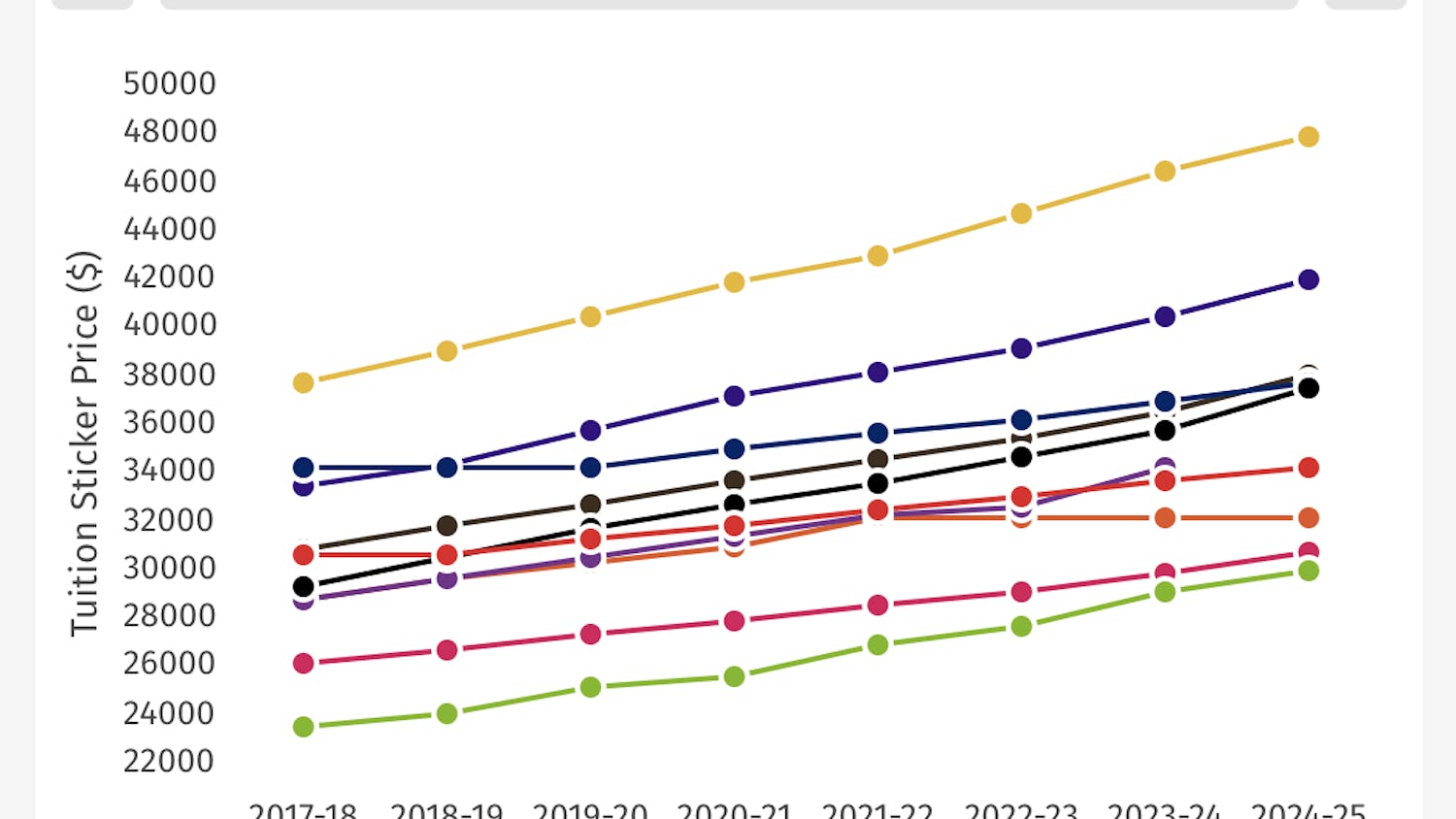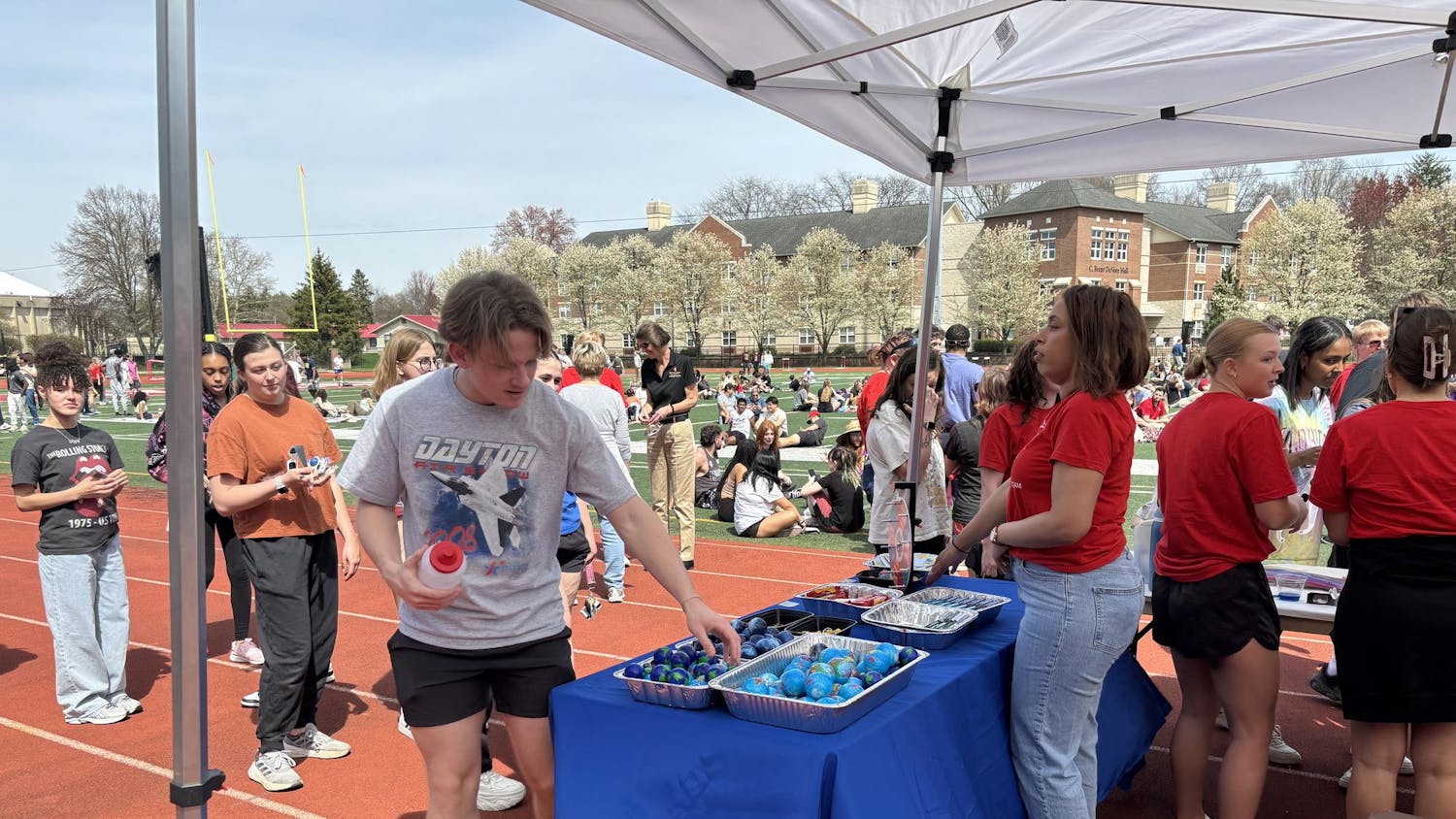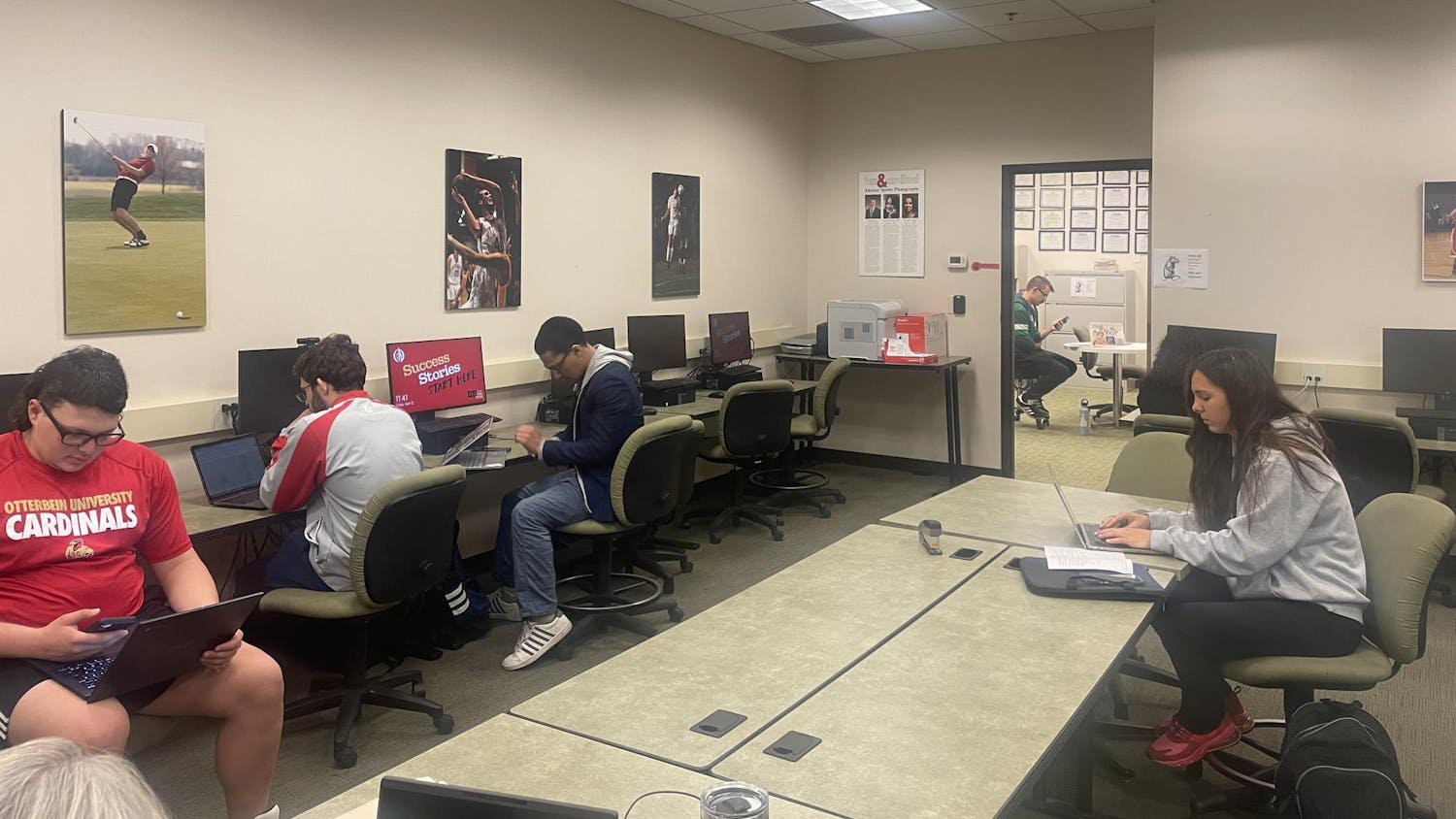In an effort to ensure that students are prepared in their fields after college, Otterbein is striving to stay up to date with new technology.
One way professors are doing this is by podcasting their lectures. Brusca says the nursing department has especially embraced this technology.
The department has a recording studio set up specifically for instructors to record materials for their classes. They have even hired an individual to clean up the recordings and upload them onto a Web site or Blackboard.
To podcast their lecture professors first record the material, then upload it online, where students can later download it onto an MP3 player or their computer.
"It gives the students the chance to relive the classroom experience again," said Frank Brusca of Otterbein's information and technology services.
Brusca says podcasting allows students to listen to a lecture while they are doing anything outside of the classroom. It also allows students to review information they might have missed the first time. "Even if you take really good notes, you're still going to miss something," said Brusca.
Another form of technology being used at Otterbein are SMART Boards. SMART Technologies describes its product as having a "touch-sensitive display [that], connects to your computer and digital projector to show your computer image."
Brusca guessed there are around five SMART Boards at Otterbein College. They are being used for a variety of classes; nursing, health science and journalism classes use the SMART Boards for different activities and demonstrations. However, this technology is most relevant in the education department.
Although they are costly, more elementary and high school classrooms are looking to use SMART Boards in their lessons. In the future it may be beneficial for new teachers to be able to effectively use this new technology.
However, senior education major Molly Elder has seen few SMART Boards in her field placements. She said most classrooms she has been in either don't have them or they are not used because the teachers do not know how to operate them.
At this point, Elder has had more experience using a SMART Board in her classes at Otterbein than in an actual classroom. Nevertheless, she sees the benefit in learning to work with them.
"It's definitely preparing us for how technology is going to change," she said. Elder went on to describe some of the advantages of the SMART Board. "It's nice because you can project what you want...it's basically like an interactive PowerPoint." SMART Boards also allow teachers to stand in front of the class while demonstrating something on a computer screen, as opposed to standing behind the computer to instruct.
Brusca also stated that entire lesson plans can be downloaded from the Internet and used on a SMART Board.
There are some drawbacks. First, they are expensive, even with discounts. Brusca says that one SMART Board is around $2,000. Most of Otterbein's have been purchased with grant money.
Another challenge is the physical aspect. SMART Boards are large and can take up a lot of room in smaller classrooms. Brusca said the goal currently is to "retrofit" classrooms which weren't designed with this technology in mind.
Also, the technology is not easy for some to learn right away.
"They're definitely finicky," says Elder. Sometimes the board will not respond if the user pushes too hard or if their hands are too cold or wet.
Both Elder and Brusca think new technology, as a whole, should be implemented at Otterbein.
"[The technology] is definitely an advantage in terms of instructional effectiveness," Brusca said. t&c;





